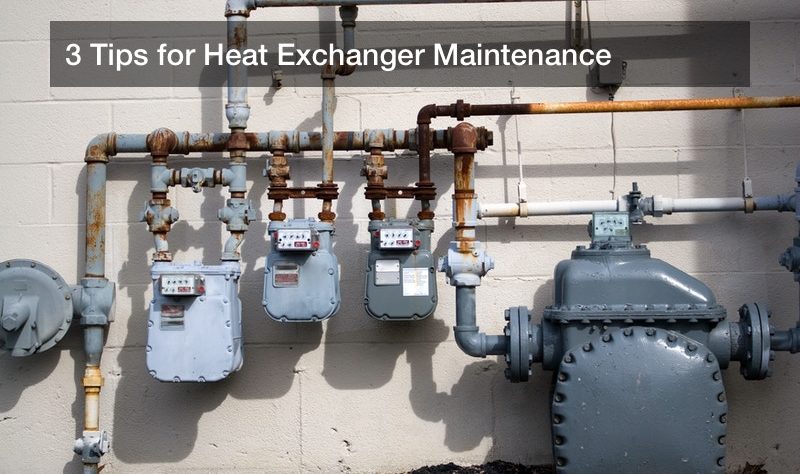
Regular maintenance to the individual components of your machinery is key in ensuring that thermal management is occurring at peak efficiency. Routine maintenance is the cornerstone of efficiency in any industry, but if your company focuses on production, fear of lost time can keep maintenance from being performed. This line of thinking, however, can be difficult and costly: when heat exchangers are dirty, they can cause overcompensation in larger pieces of machinery downstream, such as your fired heater. If a lack of regular maintenance leads to a shutdown due to heat exchange failure, this can lead to hundreds of thousands of dollars in lost revenue, lost energy, and lost time. With that in mind, here are some tips for cleaning heat exchangers for better thermal management overall.
Beware of Scale
The most common form of scale buildup is either Calcium Carbonate. When evaporation removes pure water from the cooling tower, the solids left behind are found in greater and greater concentrations. Left to build up over time, this forms calcium scale, which acts as an insulator, and reduces the efficiency of the heat exchanger and keeps heat transfer from taking place. Over time, this can disrupt thermal management and cause cascading failures downstream. When the DT dips below its lower threshold, this is almost always due to scale, or microbiological fouling.
Keep Cleaning on a Schedule
If you wait until increased energy consumption highlights the need for maintenance, chances are you’ve already waited too long. Like the name suggests, routine maintenance should be performed on a schedule in order to ensure that your machinery is properly cared for. The correct schedule for maintenance will largely depend on the machinery at hand–a hairpin heat exchanger might have different maintenance needs than another type of shell and tube heat exchanger, for example–so make sure to do your research about the prescribed maintenance window for your heat exchanger.
Once you know that, be sure to work downtime for maintenance into your schedule. This maintenance may help deposits from forming as quickly next time, ultimately saving you from greater downtime down the road. For even greater efficiency, time your maintenance and inspection to occur during the same period. This will not only allow you to maximize productivity during downtime, but will also help you to ensure that your heat exchanger is meeting federal compliance standards in one fell swoop.
Use Proper Cleaning Materials
If your site engineers are performing maintenance on your heat exchanger it’s important to note that the type of material found in the machinery will depend on the type of cleaner that is most appropriate. For example, many common cleaning chemicals use hydrochloric acid, as well as corrosion inhibitors and dispersants. While effective, this is not recommended for stainless steel heat exchangers and can cause costly damage.
While routine maintenance may not seem like the most productive or glamorous aspects of maintaining your plant, its completion will have monumental effects on the service life of your machinery and the efficiency with which they run. When combined, it becomes clear that investing in the care of your machinery will save you both time and money.
